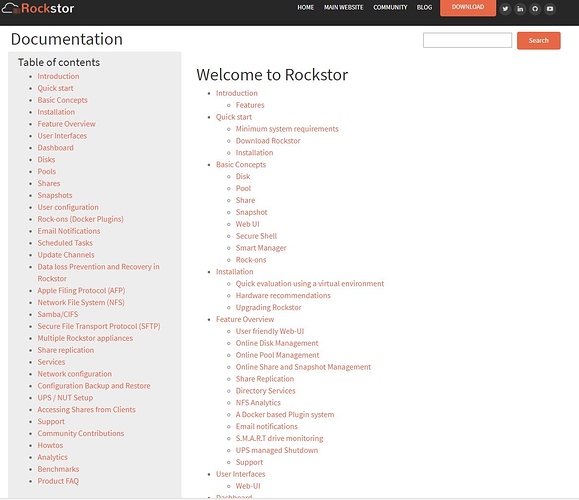Hello to the community.
I am about to build my first home server using Rockstor and I have a few questions.
First a small intro:
I am planning to install and run Rockstor off USB and use a raid1 pool for file storage, media server etc. The clients will be mainly windows and linux so SMB will be preferred.
So far I have been doing a lot of reading and bookmarking on installation, configuration, user permissions and hardware selection.
My data drives (hdd sata3) are already configured as windows software mirrors.
The plan:
After backing up my data; I am going to break the mirror, take one of the disks, wipe it using dban and then connect it to my Rockstor server.
Then I will connect the other mirrored drive via USB and try to copy the data from NTFS to BTRFS using linux command line. Doing the same over smb network for about 3TB of data I have a feeling it won’t be easy.
Hopefully I will then be able to create a raid1 pool connecting my second drive (wiping it also) while preserving all the copied data.
1st question
Will I be able to add the second disk and create the raid1 without losing the data on first disk?
2nd puzzle
I want my hard drive (pool) to have a number of folders like movies, shows, docs etc which will all be managed (read/write permissions) from windows client(s).
What is the best and recommended way to create those folders in order to copy my data on them via command line?
Should I create a share for every folder using Rockstor webUI?
Should I create the folders using command line?
Should I create the folders from windows file explorer after having first configured a samba share that will host them all?
3rd question
I have two identical USB flash drives. I was thinking of mirroring on them (mdraid) the rockstor installation. Is this doable?
4th question
When creating/changing files on the server using windows clients are permissions being overwritten? I am basically asking this because I want all windows-created files/folders to retain the parent folder permissions that I will assign when I create the share.
Sorry for the long post and thanks in advance for any help.

